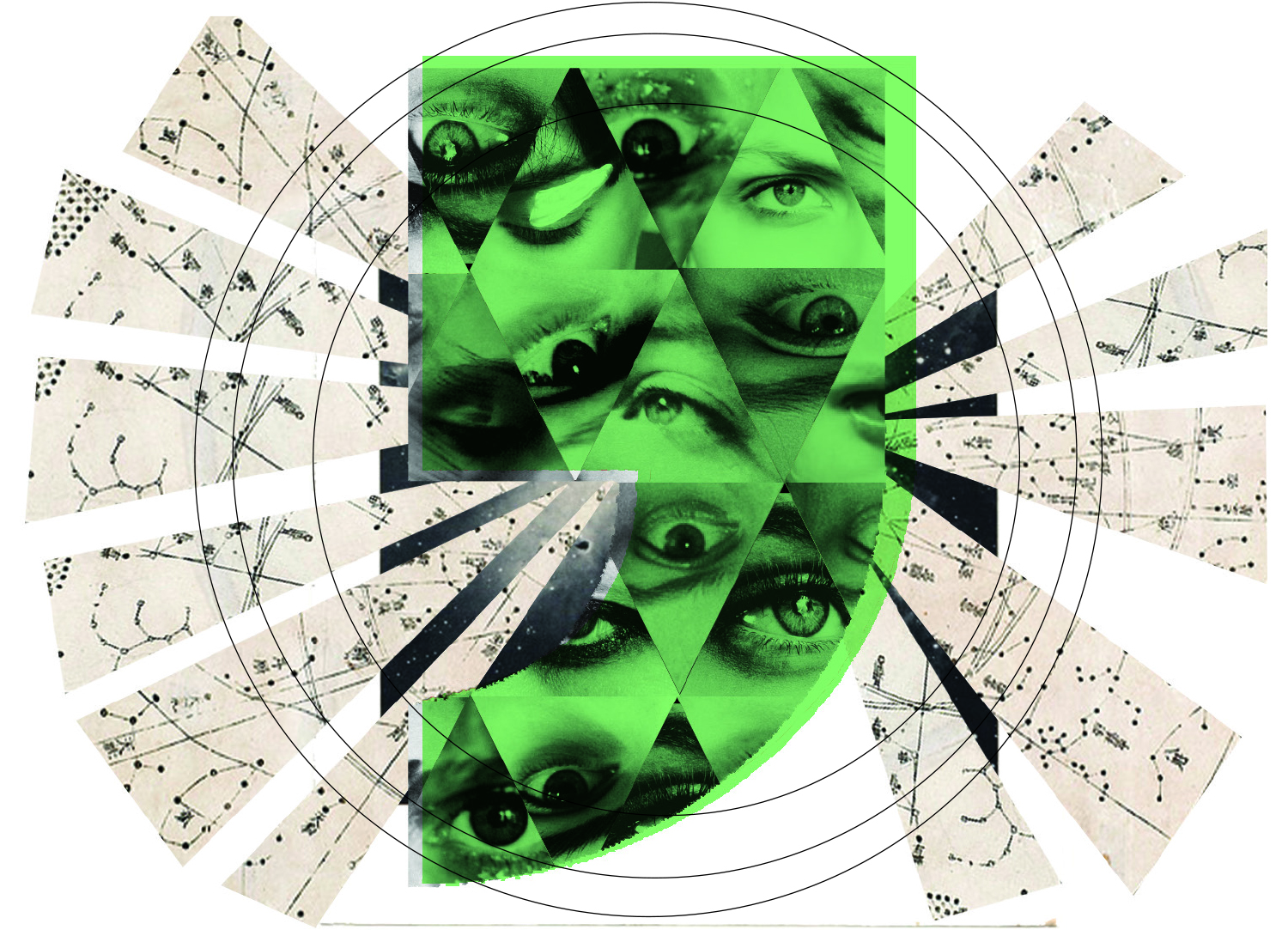
The Strange Life of Mavungu
 In one of Oxford’s darker museum cabinets, a wooden figure is frozen in an eternal gasp. Its oversized eyes are painted a pallid white, widening as if trapped in a moment of grotesque revelation. An arm is raised in wrath, and its torso, like an eruption of shrapnel, is violently studded with nails.
In one of Oxford’s darker museum cabinets, a wooden figure is frozen in an eternal gasp. Its oversized eyes are painted a pallid white, widening as if trapped in a moment of grotesque revelation. An arm is raised in wrath, and its torso, like an eruption of shrapnel, is violently studded with nails.
“Mavungu” now lives permanently at the Pitt Rivers, but this was not always its home. The statue began life in a 19th century West African hamlet, poised at the mouth of the Congo. It is a nkisi nkondi, a receptacle for a spirit employed by a nganga or shaman. In times of illness or suffering (symptoms of infection by stray spirits), one petitioned a nganga, who – forcing a brutal nail into his nkondi’s flanks –would rouse the latent spirit into life. As an otherworldly predator, the animated nkondi would pursue the source of the malevolent demon through an African spiritual world. This was always an ambiguous form of vigilantism, and its services could be bought to exact personal malice on rivals. One could even have spiteful nails against oneself removed. Every nail that is still left in Mavungu signifies a civil dispute, hoped to be resolved by the spirit within it.
If it could, this mercenary squatting on South Parks Road would tell tales of a cosmopolitan career: travels to the Congolese spirit world, channelling the mystic forces embodied in its consecrated blood clot necklace, an abduction by Portuguese colonists, a brief stint as doorman in the English home of a legendary female explorer, and its present life under the steely gaze of an émigré Canadian totem-pole. The Portuguese government confiscated Mavungu in the 1890s, as part of a calculated act of cultural amputation at the turn of the 20th century. Emasculating the minkondi further by tearing off their blood-amulets, the colonists strategically alienated the Congolese people from their spiritual heritage. It is a small mercy that Mavungu survived unmutilated, despite its objectionable reception by the Pitt Rivers in 1902 as an illustration of “the suppression of the gruesome practices …of the natives of the region”.
Mavungu is a guerrilla spirit, a contractual totem, a Machiavellian tool – or the queasy immortalisation of a thousand shards of malice. The gulf of time and culture separating us from Mavungu’s origins stretch on, but countless nails remain disturbing leitmotifs of human unhappiness and social politics. It’s no surprise that Mavungu is still gasping.
Mavungu lives today on the lower court of the Pitt Rivers Museum, South Parks Road, within cabinet 6A, (“West African Sculpture”).







